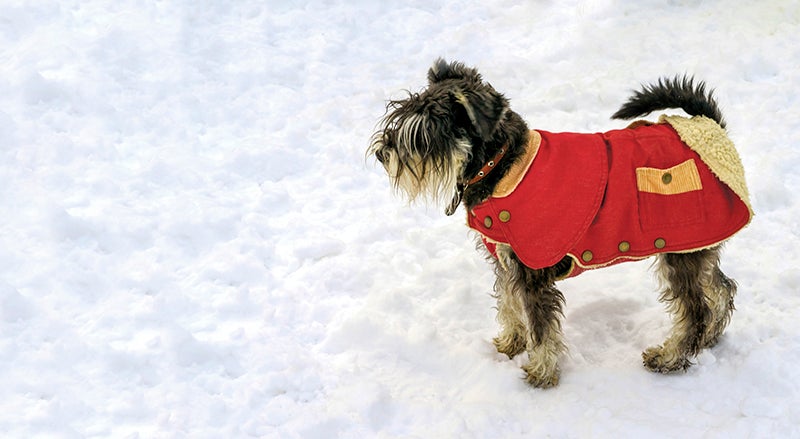Guest Column: Do you have an itchy dog?
Published 12:38 pm Tuesday, January 1, 2019
Michelle Nelson is the owner of The Pet Authority in Albert Lea.

Michelle Nelson
Does your dog have itchy skin? Does it chew and lick at its feet or have reoccurring hot spots or gunky ears? This signs are often attributed to allergies, but it could be a yeast infection.
Yeast is a fungus that is in all dogs, living on their skin and inside the gut. But when the immune system is stressed, yeast can begin to overpopulate the gut, forcing the body to get rid of the fungus through the skin.
So how do you tell the difference between yeast infections and allergies? Here are some commons signs of yeast infection.
• Chewing or licking the feet resulting in dark, rusty-red hair between the toes.
• Black skin, especially where there is also hair loss
• Hair loss on the tail and upper back
• Foul, funky smell and greasy hair (also known as seborrhea) often accompanied by heavy dandruff.
• Speckles of tiny black dots on the belly or grayish or rust coloration around the genital area.
• Scratching the ears or head shaking, make sure you are not dealing with ear mites first before treating for yeast.
Since yeast infections start in the gut, the first step in treating yeast infections is to look at your dog’s diet. Yeast feeds on sugar. You may not be intentionally feeding your dog candy and pop, but if you are feeding a dry kibble, you are essentially feeding a diet that is about 50 carbohydrates, or sugar. Foods like corn, potatoes, rice, peas and oats are all high-carb foods. It is best to feed a biologically appropriate diet of raw meat, fruits and veggies. You can never expect to get rid of yeast in the body if you are continually feeding it.
There are other things you can do to keep the gut healthy.
1. Limit antibiotic use. Antibiotics destroy the balance in the gut, allowing yeast to grow.
2. Use prebiotics and probiotics — probiotics are the good, beneficial bacteria that support your dog’s digestive health, and prebiotics are the food for the good bacteria. Also incorporate healing fresh foods like kefir, fermented vegetables, bone broth and coconut oil.
3. Avoid toxins that will stress the immune system. This would include unnecessary vaccinations (over vaccination stresses the body), drugs, chemicals in household cleaners, yard sprays, flea and tick preventatives (use a natural alternative). All of these products interfere with your dog’s ability to keep her intestinal flora in balance.
4. Treat leaky gut. Leaky gut means your dog’s intestinal wall is inflamed and damaged. The intestinal wall is like a cheese cloth that only lets tiny particles through, protecting the bloodstream from pathogens and undigested food. When your dog has a yeast infection, the wall becomes inflamed, causing these tiny holes to become stretched out, letting larger food particles, bacteria and toxins into the blood stream. This causes the liver to work harder, and the immune system can’t keep up as it tries to combat these invaders — thus resulting in inflammation that often leads to disease, including skin issues, food sensitivities and allergies, chronic digestive disorders, autoimmune disease and arthritis.
It seems like no matter what health issue I discuss, it all starts with changing your pet’s diet.
Coincidence? I think not! “You are what you eat” certainly applies to our pets also. Make 2019 a year that you will commit to making those much-needed changes to your pet’s diet. Here’s to a happier and healthier 2019 for both you and your pets!






